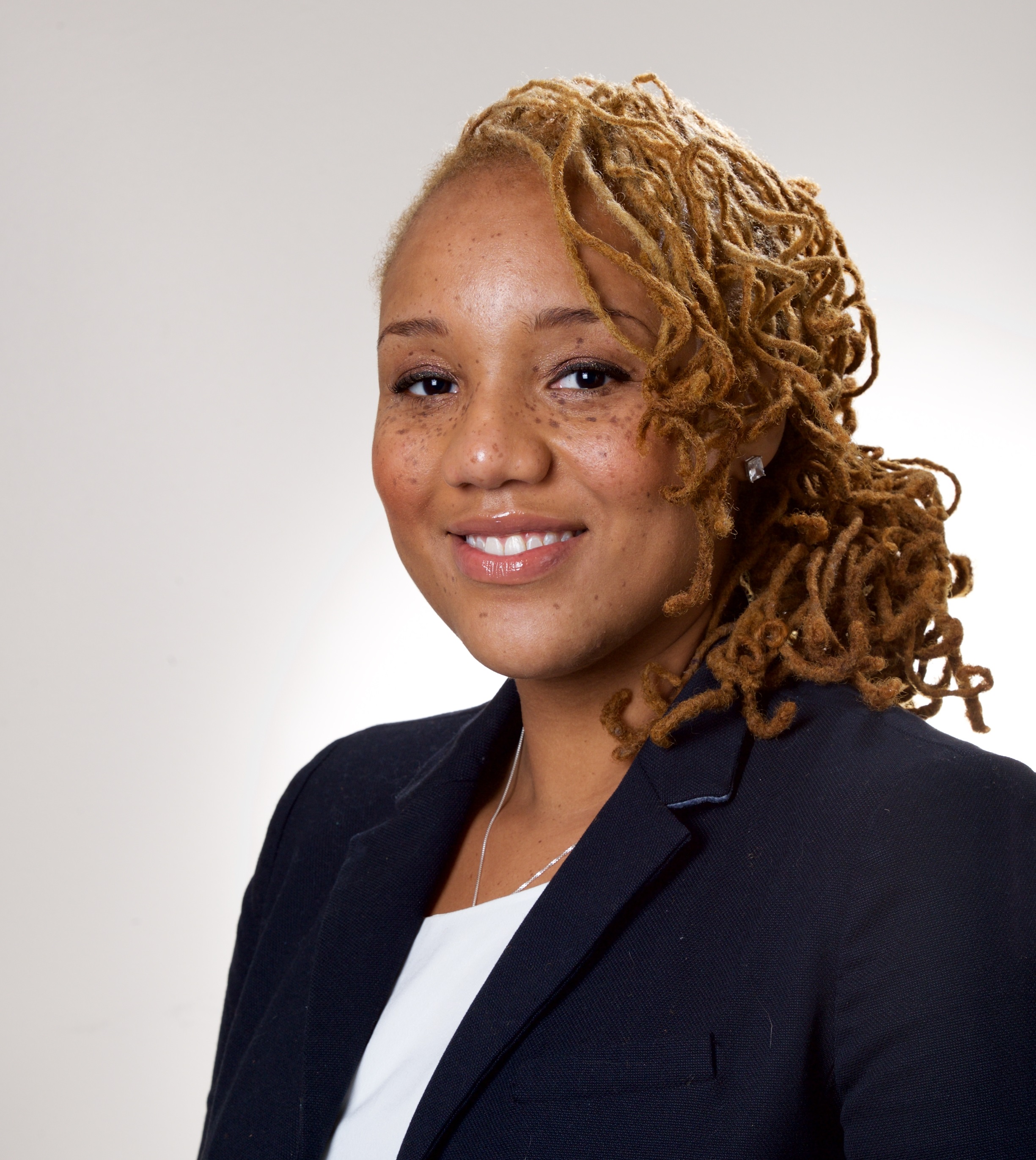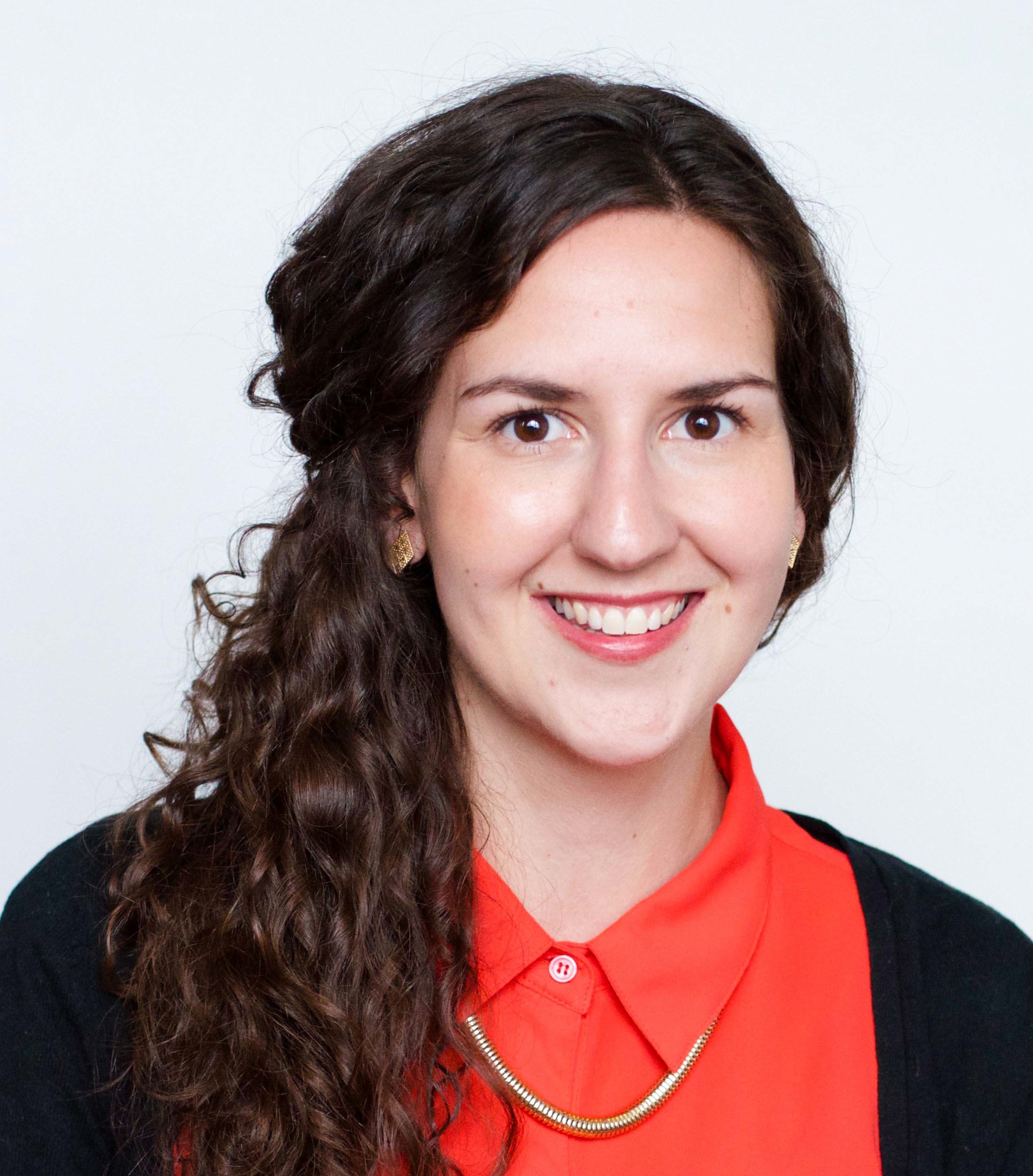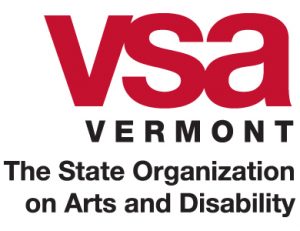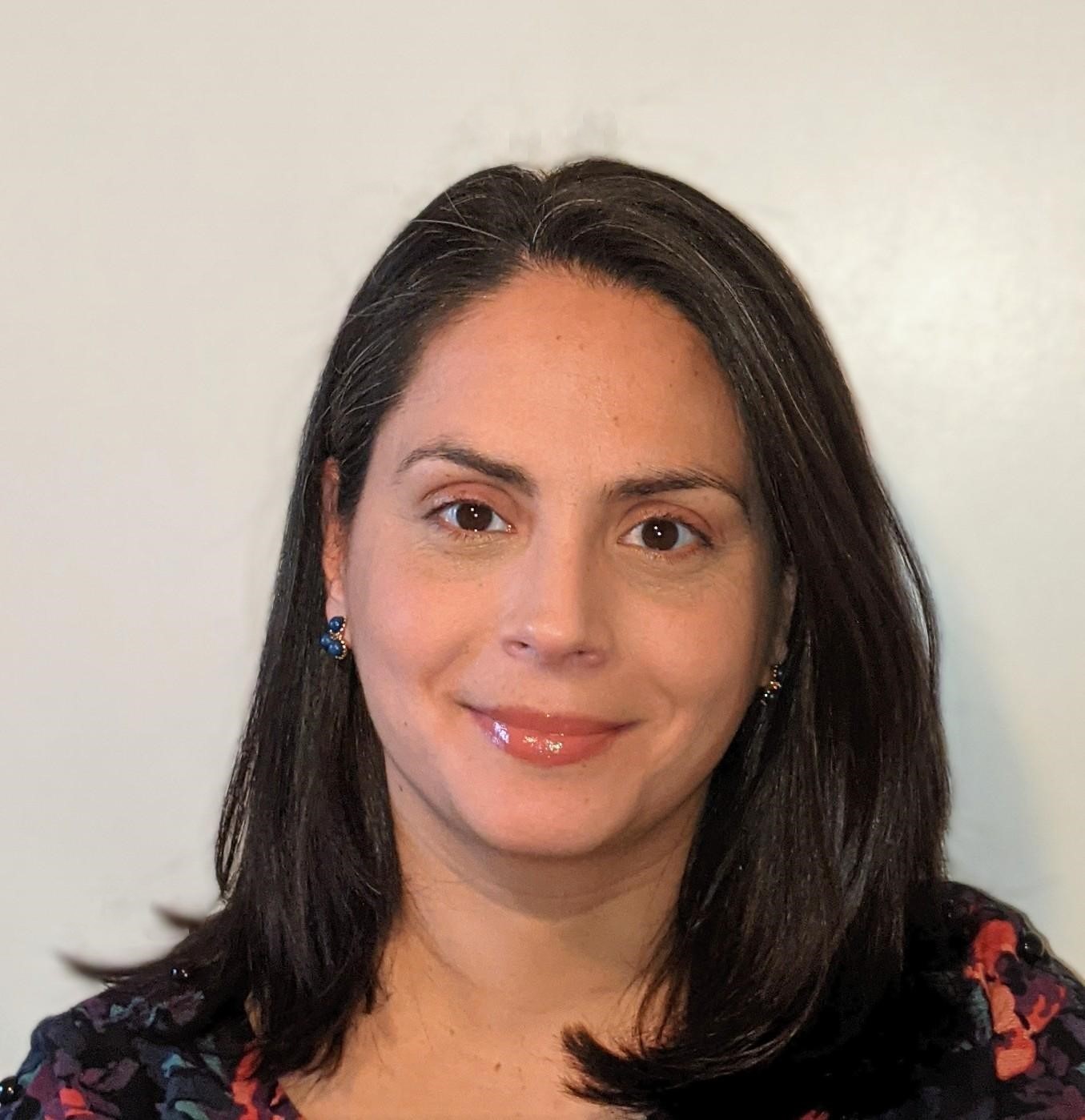Get Involved

 Become a Thought Partner
Become a Thought Partner
Partner with us to produce thought leadership that moves the needle on behavioral healthcare.
 Other options to get involved
Other options to get involved

Thank you!
We received your information and will be in contact soon!
Get Involved

 Grantmaking
Grantmaking
We fund organizations and projects which disrupt our current behavioral health space and create impact at the individual, organizational, and societal levels.
 Participatory Funds
Participatory Funds
Our participatory funds alter traditional grantmaking by shifting power
to impacted communities to direct resources and make funding decisions.
 Special Grant Programs
Special Grant Programs
We build public and private partnerships to administer grant dollars toward targeted programs.
 Program Related Investments
Program Related Investments
We provide funds at below-market interest rates that can be particularly useful to start, grow, or sustain a program, or when results cannot be achieved with grant dollars alone.
Get Involved

 Tia Burroughs Clayton, MSS
Tia Burroughs Clayton, MSS
Learning and Community Impact Consultant
Add some text here
 Alyson Ferguson, MPH
Alyson Ferguson, MPH
Chief Operating Officer
Contact Alyson about grantmaking, program related investments, and the paper series.
 Samantha Matlin, PhD
Samantha Matlin, PhD
Senior Learning & Community Impact Consultant
Contact Samantha about program planning and evaluation consulting services.
 Caitlin O'Brien, MPH
Caitlin O'Brien, MPH
Director of Learning & Community Impact
Contact Caitlin about the Community Fund for Immigrant Wellness, the Annual Innovation Award, and trauma-informed programming.
 Joe Pyle, MA
Joe Pyle, MA
President
Contact Joe about partnership opportunities, thought leadership, and the Foundation’s property.
 Bridget Talone, MFA
Bridget Talone, MFA
Grants Manager for Learning and Community Impact
Add some text here
VSA Vermont

Program Website
Year:
2017State:
VermontWinner Status:
ApplicantProgram Type:
ProgramTarget Population:
Children and AdolescentsSetting:
School/CollegeProgram Description
While the national average of students with an “emotional disturbance” is 6.3%, Vermont’s is more than double at 16%. Adapted arts-integration is crucial for reaching this vulnerable population, a resource few schools have access to but desperately need. Arts to Smarts provides inclusive and safe environments for learning creatively while building confidence that transfers to other classes. Targeted towards highly reactive children grades K-8 with severe behavioral and emotional challenges, the program results in increased engagement and confidence in learning. To achieve this, our program goes through two phases. First, teaching artists are trained during five graduate-level classes, ending in a practicum of four sessions in a therapeutic school. Second, we place trained teaching artists in classrooms across Vermont, who work to integrate process-based arts programs into the curriculum of independent schools serving children with severe emotional and behavioral challenges to learning. Often, these students who can’t spend more than a few moments in a classroom find themselves going an entire period of 45 minutes or more without escalation. Teaching artists work with schools and teachers to integrate arts activities into the students’ daily classroom environment and curriculum, provide unconditional positive regard for students, and de-escalation and crisis prevention methods.
Creativity
Rebecca Holcombe, the Vermont Secretary of Education, has cited a need for creative ways to engage students, saying that “trauma and behavioral challenges are a growing problem in Vermont classrooms, and pose some of the most difficult challenges for teachers and students. The arts can offer a route back into the curriculum and toward positive social interactions.” In our program, originality, ingenuity, and resourcefulness reside in the students themselves. Mindfulness, unconditional positive regard, and adaptability of arts materials are only some of the tools our teaching artists use to support the unique creative strengths of each student. Ours is the first program of its kind in Vermont, using the arts as a gateway for students to re-engage in. As one teacher said “it may seem almost unrealistic to say this, but 100% of students were impacted positively. Every child. Children were not leaving the classroom for behavior reasons.”
Leadership
Lisa Condino, Arts to Smarts trainer and teaching artist, is currently developing a resource guide. This tool will be meant to assist teachers, teaching artists, and schools in how to design and implement arts-integration activities in a therapeutic environment using the Arts to Smarts methods. Once completed, the resource guide will be disseminated by and available through the national VSA Network, an affiliate of the John F Kennedy Center for the Performing Arts. In addition, VSA Vermont is in the process of creating video documentation that can be used as a training tool and at conferences to interest schools, teaching artists, and funders.
Sustainability
At this time, Arts to Smarts is funded by a variety of sources, including private foundations and some fee for service income. VSA Vermont’s Executive and Development Directors work regularly to seek new funding sources in an effort to ensure a program’s sustainability. We recently received funds to replicate the program at an additional six classrooms across the state. Sustaining partners include: The Howard Center, Jane’s Trust, the John F Kennedy Center for the Performing Arts. We recently received first-time funding from Bay & Paul Foundations and are currently applying for multi-year support from Canaday Family Charitable Trust.
Replicability
The resource guide, available later this year, will be free and available to other organizations wishing to implement arts-integrated activities in a therapeutic school environment. Currently, a document like this does not exist. Additionally, what once started four years ago as one classroom and one teaching artist, has now evolved into six teaching artists trained annually, who will replicate the Arts to Smarts model across the state. Given this success, it is possible for the teaching artist training to be replicated in any state, with those trained educators then implementing activities at any school. The resource guide will function as a stepping stone for schools and educators wishing to implement the program, without having time to invest in the full training.
Results/Outcomes
We measure Arts to Smarts outcomes through teacher’s logs, feedback from schools, and observation of students. The program has seen behavioral improvement in children, as well as changes in the school in environment itself. Below are examples of outcomes from educators at Arts to Smarts’ first site, Baird School: •“It gives each child something they can be successful at, and you can’t help but be impacted by them being successful. That changed how I viewed some of the students.” •“It definitely built community in the classroom because it was something that everyone could be successful at.” •“This little guy sat at his desk for 2 hours and he was so proud of his work. I was stunned that he was able to sustain his attention for that long. That’s how motivated he was, this 10-year-old boy who can be disruptive and who usually only attends for 2 or 3 minutes.”











